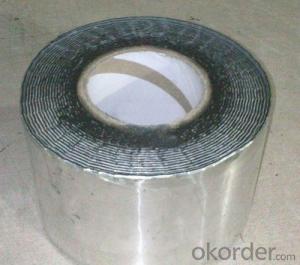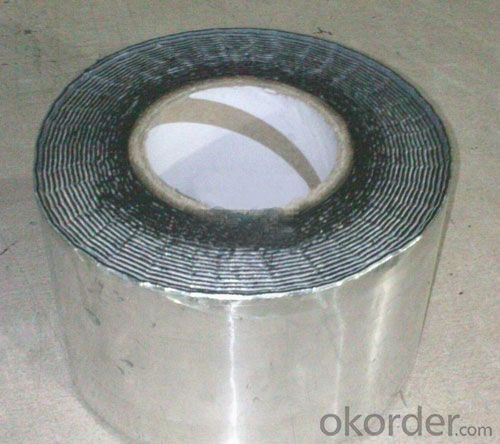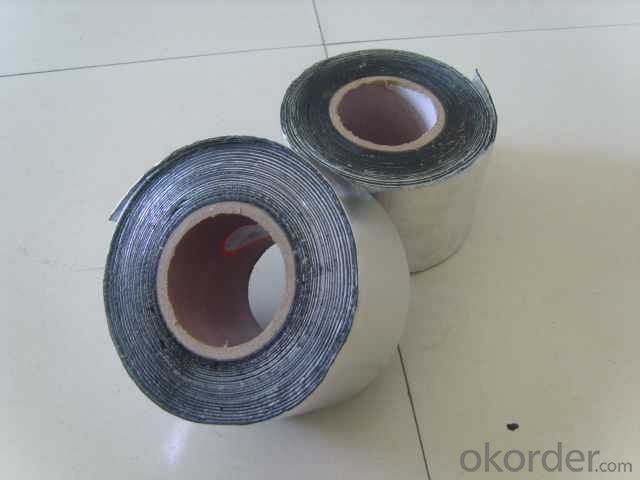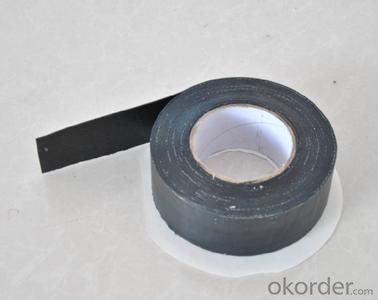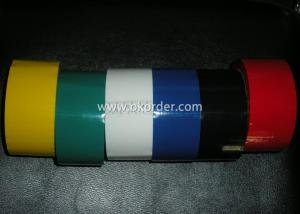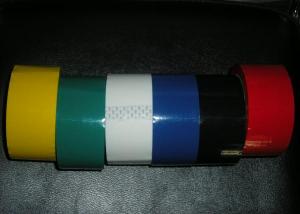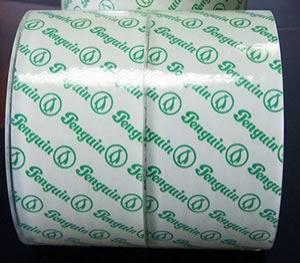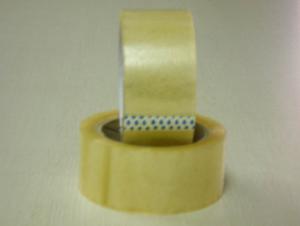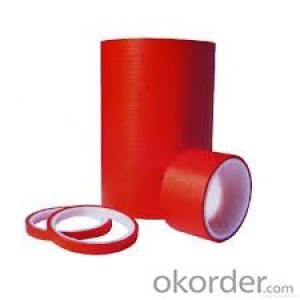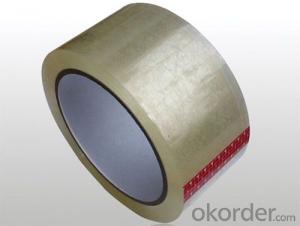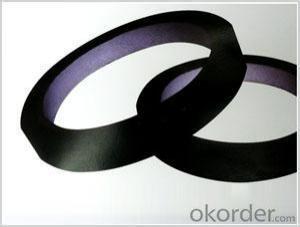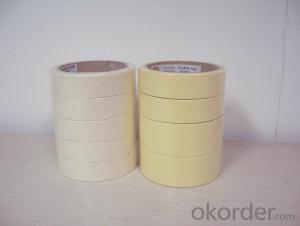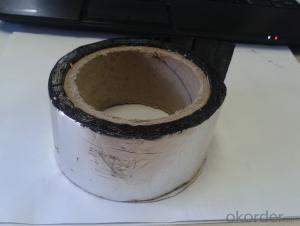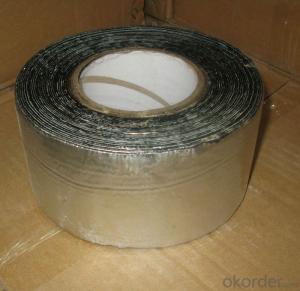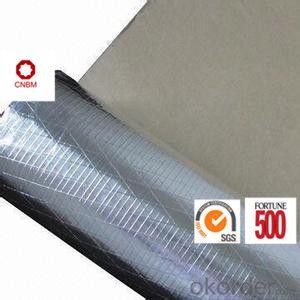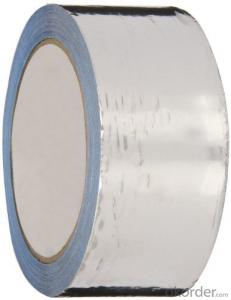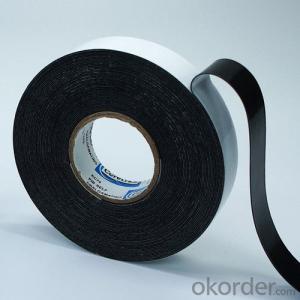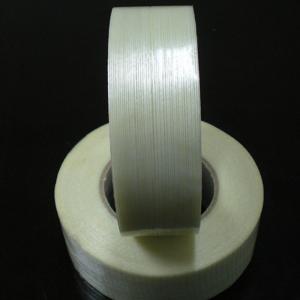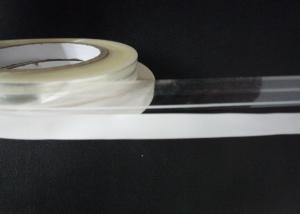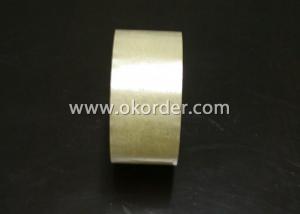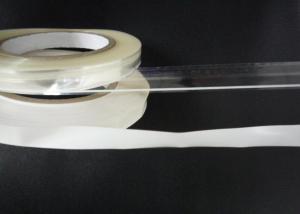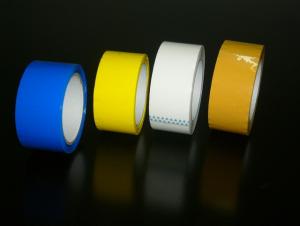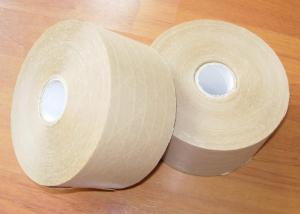Superflashing Aluminum Anti-Corrosion Cardboard Boxes Packaging Tape
- Loading Port:
- China Main Port
- Payment Terms:
- TT OR LC
- Min Order Qty:
- -
- Supply Capability:
- -
OKorder Service Pledge
OKorder Financial Service
You Might Also Like
Specifications
1.Width:50mm to 1M
2.Length:10/15/20/30M
3.Base: PE/Aluminum/HDPE
Features:
1) Cold & easy application, no pollution
2) Excellent adhesion bond
3) Good self-coalescence
4) Corrosion-resistance /aging-resistance /Hot-resistance
5) Guarantee for 15years
Requirements for surroundings:
1.The base should be dry and clean. Do not work in the rainy or snowy day.
2.Do not work under heavy wind(above 5 grade)
3.Unsuitable for construction below 0°C
4.If it is rain or snow in the process of construction, protective measure to the laid membrane is must
Package and transportation:
1. Membranes should be stored under dry and ventilated conditions.
2. Different types of membranes must be piled separately.
3. Under usual condition, storage period is one year since production date.
4. Membrane roll should be put vertically during transportation. It should be kept away from sunshine and rainwater
Our Services
1.Your inquiry related to our product & price will be replied within 24hours.
2.Well-trained & experienced staff are to answer all your inquiries in English of course.
3.Working time: 8:00am - 5:30pm, Monday to Friday
4.Your business relationship with us will be confidential to any third party.
- Q: Can packaging tape be used for sealing plastic wrap?
- Typically, packaging tape is not employed for sealing plastic wrap. Its purpose lies in firmly sealing packages by adhering to cardboard and other surfaces. Conversely, plastic wrap is a thin, see-through film utilized to cover and safeguard food or other objects. It is usually sealed by pressing the edges together or utilizing a specific plastic wrap cutter. Although packaging tape may serve as a temporary seal, it is not intended for use with plastic wrap and may fail to provide a dependable or durable seal. It is advisable to adhere to the manufacturer's recommended method for sealing plastic wrap.
- Q: Does packaging tape come in different eco-friendly options?
- Yes, packaging tape is available in different eco-friendly options. Many companies now offer packaging tape made from recycled and biodegradable materials, such as paper or plant-based adhesives. These eco-friendly alternatives help reduce the environmental impact of packaging materials.
- Q: Does packaging tape come in different lengths for convenience?
- Yes, packaging tape does come in different lengths for convenience. Packaging tape is available in various lengths to meet the needs of different packaging tasks. The most common lengths of packaging tape are 55 yards (50 meters) and 110 yards (100 meters). These lengths are designed to cater to different packaging needs and ensure that there is enough tape to securely seal multiple packages without running out. Additionally, the availability of different lengths allows for flexibility in choosing the most suitable amount of tape for specific packaging requirements, ensuring convenience and cost-effectiveness.
- Q: Can packaging tape be used for sealing metal containers or boxes?
- Yes, packaging tape can be used for sealing metal containers or boxes. Packaging tape is typically made with a strong adhesive that adheres well to various surfaces, including metal. It provides a secure and reliable seal, keeping the contents of the metal container or box protected and preventing any unwanted opening or damage during transportation or storage. However, it is important to ensure that the surface of the metal container or box is clean and free from any grease or dirt for optimal adhesion. Additionally, if the metal container or box is exposed to extreme temperatures or harsh conditions, it may be advisable to use a tape specifically designed for those environments to ensure a more durable seal.
- Q: Can packaging tape be used for sealing furniture or home goods?
- Yes, packaging tape can be used for sealing furniture or home goods. Packaging tape is designed to provide a secure and strong seal, making it suitable for various purposes including sealing boxes and packages. When used on furniture or home goods, packaging tape can help keep the item protected during transportation or storage. It is important to ensure that the tape is applied properly and that it does not damage the surface or leave any residue. Additionally, depending on the weight and size of the item, it might be more appropriate to use specialized tapes or techniques for sealing furniture or home goods to ensure maximum protection.
- Q: Can packaging tape be used for sealing plumbing or pipe fittings?
- No, packaging tape should not be used for sealing plumbing or pipe fittings. Packaging tape is not designed to withstand the pressure and conditions that plumbing systems require. It is not suitable for use with water or other liquids, and it may not provide a secure and long-lasting seal. Plumbing and pipe fittings require specific types of sealing materials, such as Teflon tape, pipe dope, or thread sealants, which are specifically designed for plumbing applications. Using packaging tape for sealing plumbing or pipe fittings can result in leaks, water damage, and potentially costly repairs. It is always recommended to use the proper sealing materials and techniques recommended by plumbing professionals.
- Q: What are the common color options for packaging tape?
- The common color options for packaging tape vary depending on the manufacturer and the intended use. However, some of the most commonly available colors for packaging tape include clear, brown, white, and tan. Clear packaging tape is transparent and allows the content of the package to be visible. Brown packaging tape, often referred to as brown or tan tape, is a popular choice for sealing boxes and packages as it provides a strong and secure hold. White packaging tape is another option that is often used for labeling purposes, as it allows for easy writing or printing of information on the tape. Additionally, there are various other colors available for packaging tape, such as red, blue, green, and yellow, which can be useful for color-coding or for adding visual appeal to packages. Ultimately, the choice of color for packaging tape depends on personal preference, branding requirements, or specific organizational needs.
- Q: Can packaging tape be used for sealing moving boxes?
- Yes, packaging tape is commonly used for sealing moving boxes. It provides a strong and secure seal, ensuring that the boxes remain closed and the contents are protected during transportation.
- Q: Can packaging tape be used for sealing packages with sharp or pointed objects?
- Yes, packaging tape can be used for sealing packages with sharp or pointed objects. Packaging tape is designed to provide a secure seal for packages, and it can effectively hold together packages containing sharp or pointed objects. However, it is important to ensure that the tape is tightly secured and covers all edges and corners of the package to prevent any potential damage or injury during handling or transportation. Additionally, it is recommended to use extra layers of tape or additional protective measures, such as cushioning materials, to further secure and protect the sharp or pointed objects inside the package.
- Q: Does packaging tape come in different dispenser designs for ergonomic use?
- Different dispenser designs for ergonomic use are available for packaging tape. Various manufacturers offer dispenser options that are specifically created to provide comfort and ease of use during extended periods of usage. These designs often incorporate features like cushioned handles, ergonomic grips, and adjustable tension control to minimize strain and fatigue on the hand and wrist. Moreover, certain dispensers may possess a lightweight and compact design, making them more manageable and maneuverable. The objective of these ergonomic dispenser designs is to enhance productivity and lower the likelihood of injuries or discomfort commonly associated with repetitive tape dispensing tasks.
Send your message to us
Superflashing Aluminum Anti-Corrosion Cardboard Boxes Packaging Tape
- Loading Port:
- China Main Port
- Payment Terms:
- TT OR LC
- Min Order Qty:
- -
- Supply Capability:
- -
OKorder Service Pledge
OKorder Financial Service
Similar products
Hot products
Hot Searches
Related keywords
